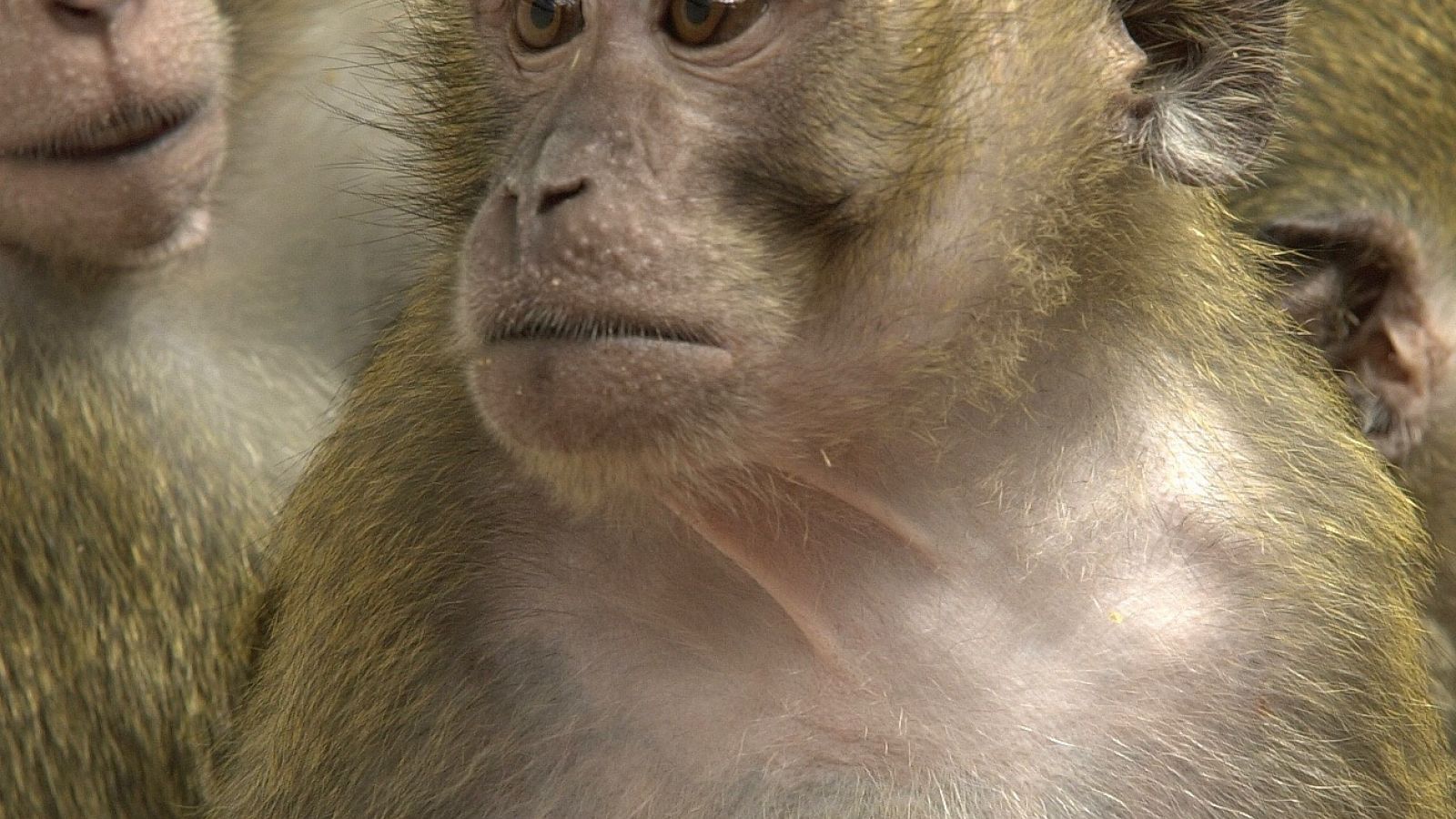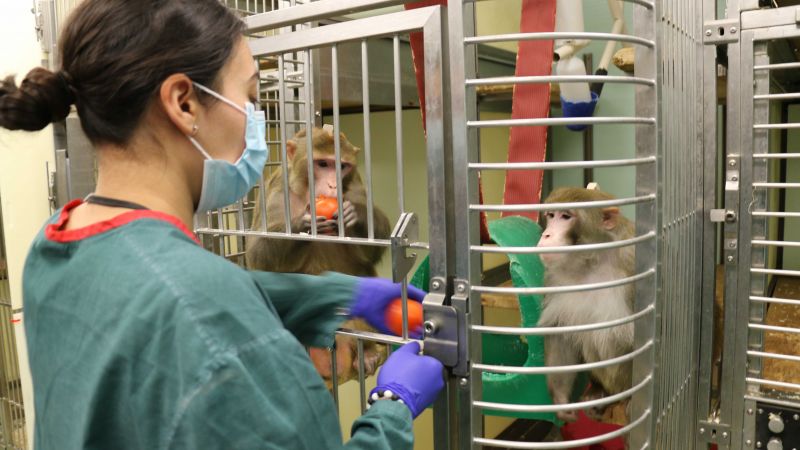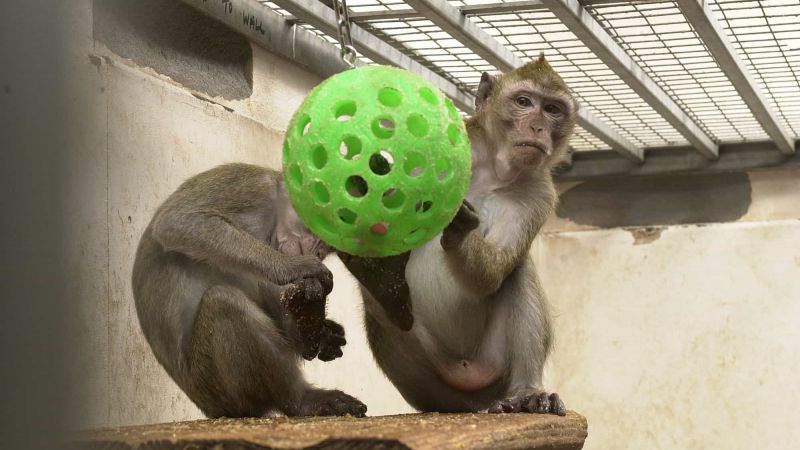Macaques are non-human primates. They are used in medical research because many of their body systems — such as their immune and nervous systems — are similar to humans, making them good research ‘models’ for a variety of human conditions.
The UK has some of the most stringent regulations in the world on the use of animals in research. Researchers wishing to use these animals in their work must show that the research is possible in no other way, comply with stringent regulations and be granted a specific licence from the Home Office.
The Medical Research Council’s Centre for Macaques breeds rhesus macaques for use in medical research in academic institutions in the UK. Using macaques from the centre means that researchers and those who fund or regulate research can be sure the animals were bred in conditions that met high welfare standards.
In these films the MRC look at why macaques are used in medical research, including an example of a neuroscientist who uses macaques to study how brain signals control movement, with the aim of helping paralysed people control external devices such as robotic arms or wheelchairs with their thoughts.
They also look at how the animals are housed in the MRC Centre for Macaques, how their behavioural needs are met and efforts to make the transition from the centre to the research lab as stress free as possible.
Last edited: 11 March 2022 08:31




